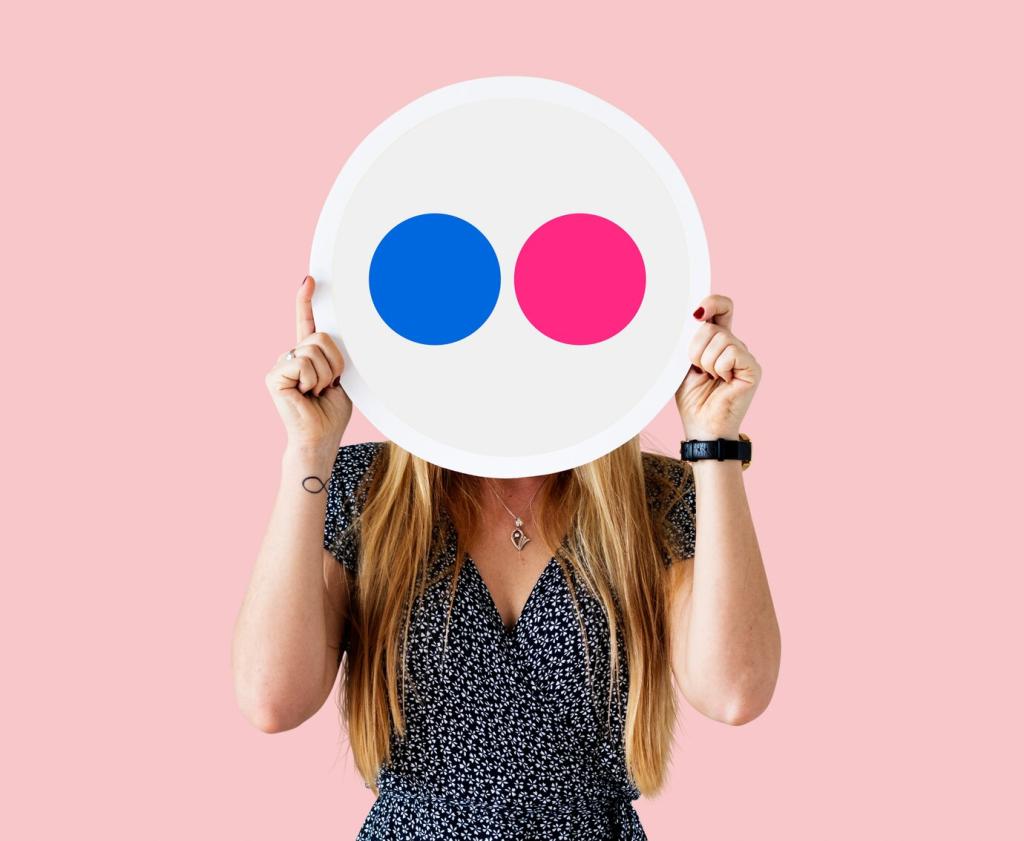Botanical Greens and Biophilic Color Stories
Sage whispers in bright rooms, while moss warms shaded corners without going muddy. Test swatches morning and evening, track how foliage casts gentle tints, and choose finishes that remain breathable. Share your daylight notes to help fellow readers decide.
Botanical Greens and Biophilic Color Stories
Large-leaf plants deepen the perception of greens, making walls feel lusher without heavier pigment loads. Pair rubber plants with olive walls, or trailing pothos against pale sage. Drop a photo of your plant-and-paint duo so we can cheer your choices.







